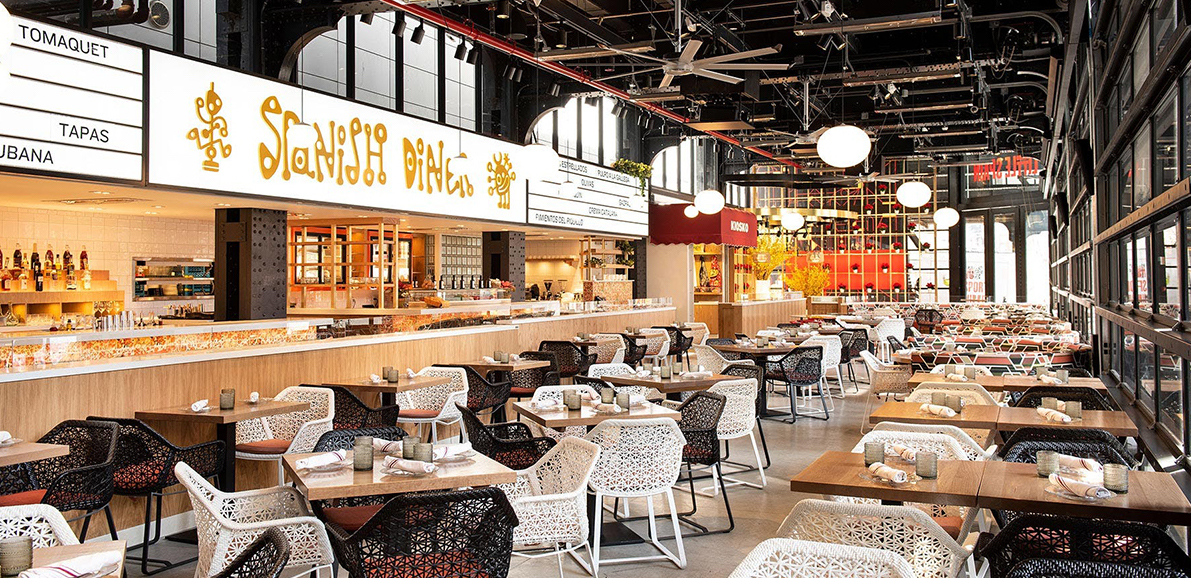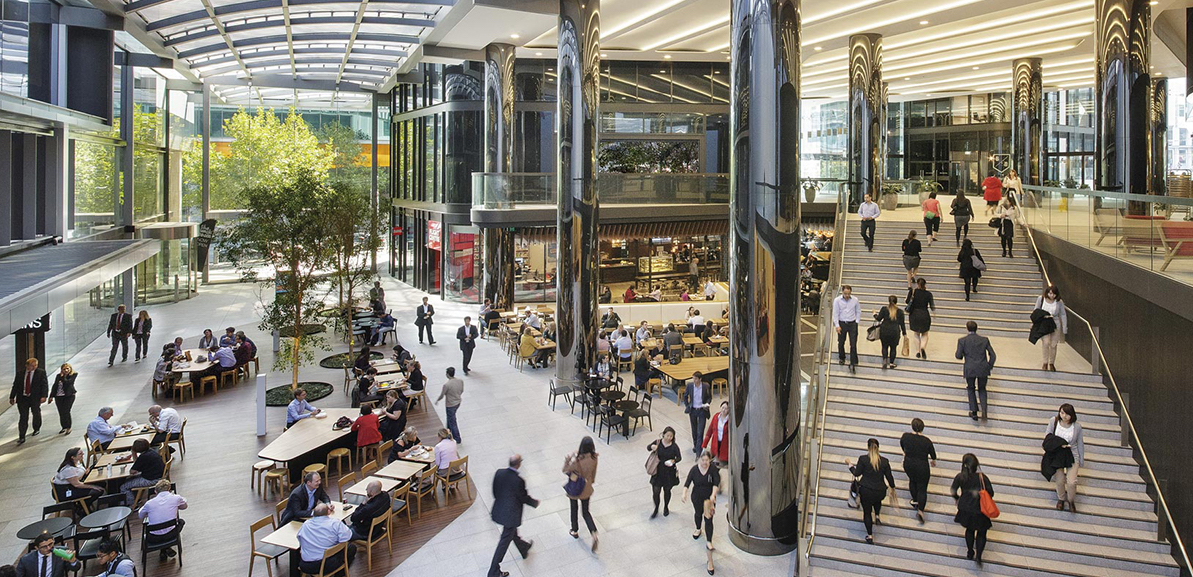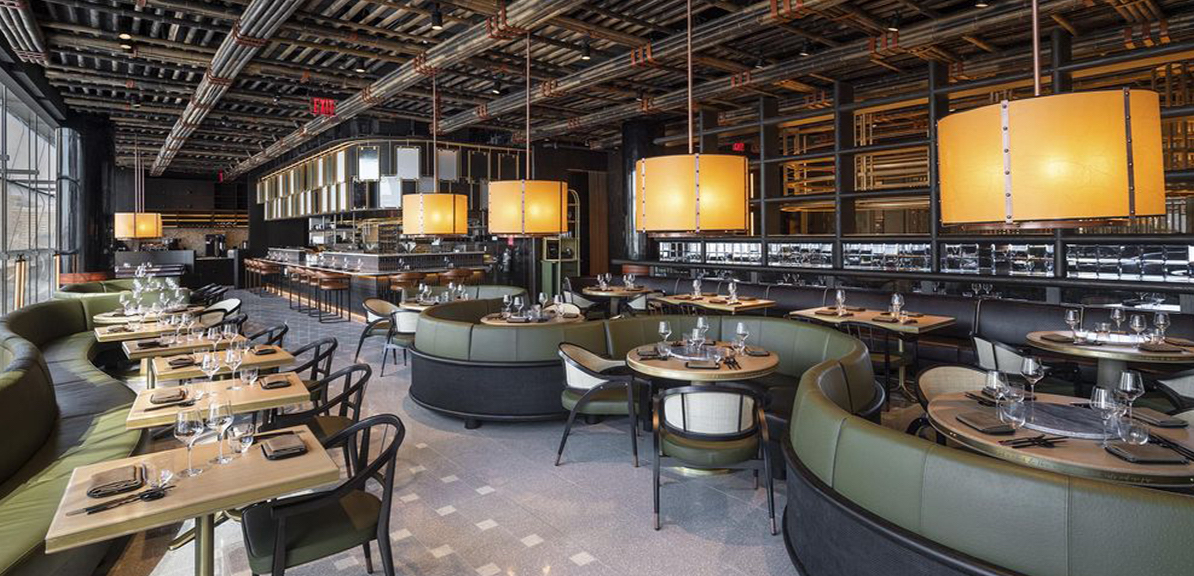How Australia’s $77bn Food Industry Can Boost Your Project
Future Food’s opinion is, and will always be, food is fashion. It is not the realm of just one discipline nor owned by any one group. Food will go where people are: railway stations, shopping centres, commercial towers, residential developments.
For over thirty years my team at Future Food has specialised in understanding the ever-changing consumer needs and buying patterns to inspire food and hospitality strategies that are totally aligned to the positioning of the development for every project we work on.
Food complements the built environment in that food and hospitality can create a point of difference. Food planners and developers have to work hand-in-hand to create people-centric and vibrant living-spaces.
There is no finishing line to the usefulness of food in the creativity and evolution of the modern built environment — see New York’s Hudson Yards or Melbourne’s The Capital — it’s all about people and making people happy in hospitality venues.

Food in the future will continue to be more and more customer centric: we will see less of “more of the same” and more of “exactly what you didn’t expect”.
Why? Because as we become wealthier we spend more of our disposable income on experiences — we travel more, we seek out a wider variety of entertainment and we value food more. It is provenance, handling, cooking and presentation.
It is also important to understand that successful food and beverage businesses have never been just about the food. Good food, even great food, is just the starting point and by itself is not enough to make a sustainable venue: hospitality, in the true sense of the word, is the “special sauce”.
Food is necessary to sustain life, but hospitality is what is needed to sustain living. We are all social beings who desire social interactions in a well-designed space to enhance and enrich our daily routines.

There has been tremendous change in the food and beverage landscape over the course of my career. For too long, Australian food and beverage had been evolving slower than the rest of society.
Over the last 15 years, however, the catch-up has been taking place, with the pace of change accelerating to match that of the rest of Australia.
Despite significant churn in the industry, there are now significantly more food and beverage businesses operating than four years ago. Importantly, the average sales per outlet is now higher than it has ever been.
As a consequence, food and beverage has been – and will continue to be – strategically planned to be both creative and sustainable.
The business case for maximising food in our traditional shopping malls, the updated malls with vertical villages, mixed-use developments, urban-villages (South Yarra, East Village, Fortitude Valley, to name a few), high streets and food delivery services such as Uber, requires greater research into the needs of the communities that they serve and the growing desire for improved and different – and design led – food and hospitality offers.

Tomorrow’s food will be a further extension of ourselves as we seek out the balance between the new and exciting experiences that food and beverage can offer and the comfort, warmth and sociality of traditional hospitality.
Australia’s $77 billion market for prepared food and beverage has the potential to grow further.
This is based upon the simple metrics of each new project establishing the total food spend and GLA potential and then strategically developing a food and experiences mix that will not only create a point of difference for your project, but ones that will maximise GLA, MAT contributing to asset value, sales, rental and customer satisfaction.
Contributed by Francis Loughran, managing director and passionate “foodie” at Future Food.
The Urban Developer is proud to partner with Future Food to deliver this article to you. In doing so, we can continue to publish our free daily news, information, insights and opinion to you, our valued readers.















